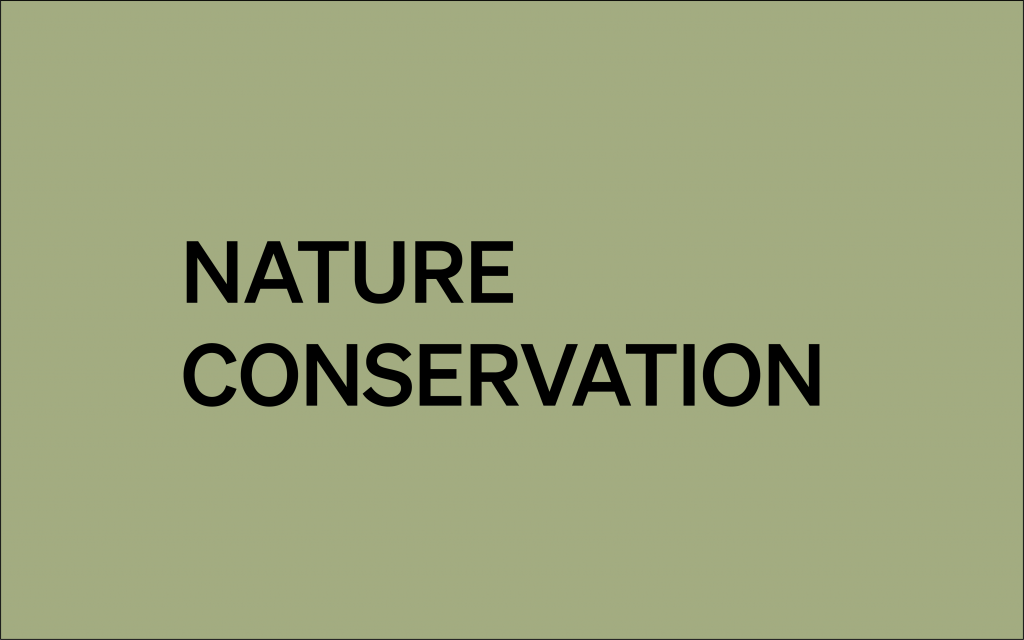Impact Areas
Research
The area of our research focuses on the development and implementation of regenerative, ecological forms of land use such as syntropic agroforestry, holistic pasture management, composting, tree nursery, and forest transformation. The combination of different forms of land use on one area is called ‘multifunctional land use’. This method promises significant synergies of models of agriculture working together.
For ease of understanding, the land use forms are described individually below.
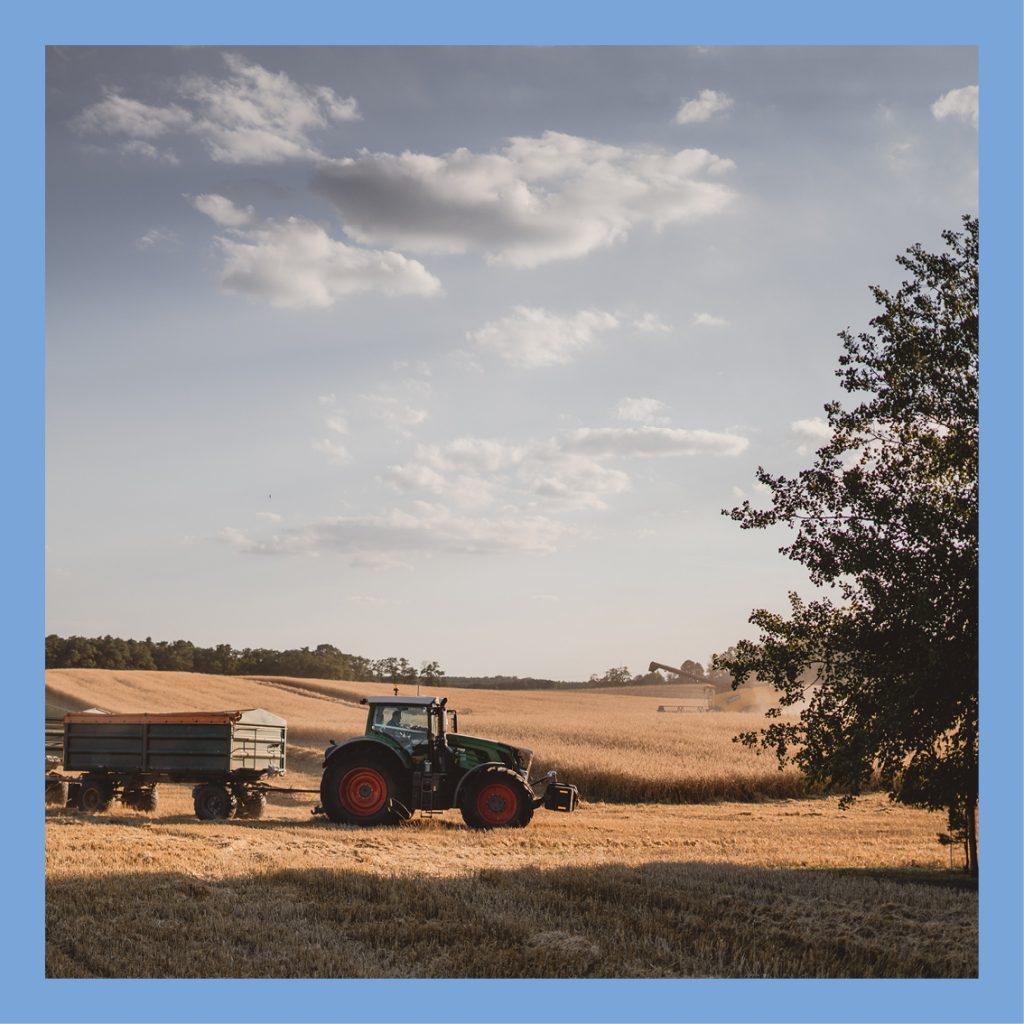
Arable farming and grassland
On the 1,000 hectare of arable and grassland belonging to the organic farm in Alt Madlitz, ecological and regenerative cultivation methods are already being implemented. We investigate during farm operations how this large-scale agriculture can be transformed. The central question is how resilient the ecosystems created through multifunctional land use are. Through scientific monitoring of no-till soil cultivation and no-till farming experiments (also known as direct drilling), coupled with the cultivation of intermediate crops and nurse crops, use of compost extracts, ferments and microbial carbonization, we aim to explore the potential for promoting humus build-up through careful soil cultivation, in the long term.

Agroforestry
Agroforestry describes the planting of tree and shrub strips on agricultural land. With already six agroforestry systems, on areas ranging from 1.5 ha to 29.5 hectars, we aim to establish agro-ecosystems that are based on the natural occurrence of trees and shrubs in the landscape. The presences of trees Is known to increases biodiversity, reduces soil erosion, promotes dew formation and stores CO2 in soil and plants. An overview of more recent publications on this topic can be found here.
Year after year, the systems already integrated into arable farming (according to the principle of syntropic agriculture) show what an important contribution agroforestry also makes towards raising the water table and building up humus. In addition to the ecological effects, we also aim to explore the long-term economic profitability and predictability of these methods, with the ultimate goal being to create greater choice options and financial independence for farmers. A first insight, provided by our final report on the data collection “Initial establishment of a silvopastoral agroforestry system”, which you can review here.
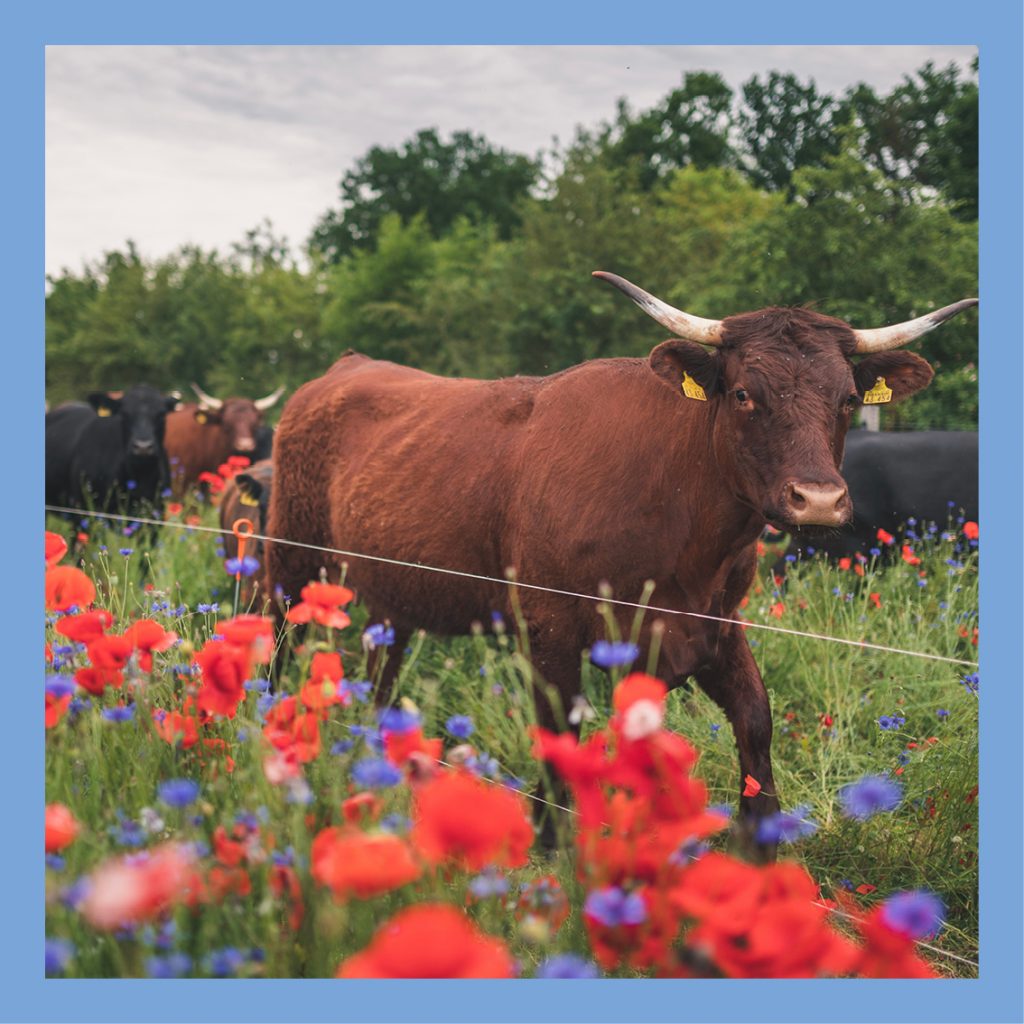
Holistic pasture management
Over 200 of cattle are integrated into the crop rotation of pasture land and monitored on the studied plots, which observes how holistic pasture management is an integral part of the ecosystem.
Holistic grazing management is characterized by keeping cattle outside year-round, where they graze on grasses and legumes and are moved to fresh plots of land, up to 5 times a day, depending on the season. This type of husbandry imitates the original herd behavior of ruminants and means a high cow density of hooves on a limited area for a short time, before being moved on. Once the cows are moved, the land has a long rest period from grazing. The grazing, cow manure and footfall of the animals encourages soil health and grass regrowth, improving the soil quality of arable land in the long term. This happens through root development of grasses and legumes, through nitrogen fixation in the soil and a mulch layer of trampled plant residues mixed with the naturally fermented manure of the animals.
In addition to good animal welfare, we aim to show how this practice helps close nutrient cycles, enhances biodiversity, and offers the possibility to make nurse crops and catch crops useful to farmers. Further information on this topic can be found here.

Composting
In different composting approaches with different materials, we try to develop the best nutrient compositions to promote soil biology, build humus, help plants grow with seed dressings and foliar fertilizations, that help build up and close off nutrient cycles. In addition, the goal of our composting is to demonstrate how farmers can become less dependent on industrially produced, synthetic fertilizers in the long term.

Tree nursery
The tree nursery, which is set up according to regenerative agroforestry principles, develops perennials, shrubs and fruit and nut trees with good growth and root formation, focusing on varieties that are as divers as possible as well as above- and below-ground biomass production, drought resistance and late frost tolerance. This enables us to establish resilience through site adaptation in order to maximise the development and preservation of a climate-resilient and independent gene pool of plants and shrubs.

Forest transformation
We aim to transform pure pine forests, (which are often susceptible to fire and pest infestation), into viable, multifunctional, and climate-resilient mixed forests, in which short-term economic interests do not determine actions.
During the winter of 2021/2022, LandVision Alt Madlitz GmbH, funded by Ecover’s “Fertilise The Future Fond”, implemented a forest transformation project on 5 plots of 1.5 hetares each. This was scientifically supported by the Finck Foundation. More information about our research project can be found here.

Development of digital solutions
In order to be able to make the ecological effects of multifunctional forms of land use visible, we have created the basis for a specially developed digital twin of the areas using a database with millions of georeferenced data points. Among other things, there are 500 soil samples, with more than 10,000 punctures on agricultural and forestry areas. Examined in up to five different laboratories, we now have almost 35,000 inventoried trees, shrubs as well as seeds brought together and connected with environmental data: showing solar radiation, precipitation amounts and soil moisture.

Development of machine solutions
For machine testing and development for the cultivation and maintenance of small-scale land use forms: such as agroforestry systems, we provide our partners with the land we are researching as a living lab. We aim to find ways to make regenerative cultivation methods easier to implement, more sustainable and more economical for farmers.
Nature conservation
The Finck Foundation aims to show that nature conservation, through land use, is possible.
This includes the preservation of natural habitats, the maintenance of historically grown cultural landscapes, as well as the planting and care of trees and shrubs, through which additional ecosystem services can be created.

Biotope networking
Structurally rich, interconnected habitats are essential for strengthening biodiversity. There are many opportunities for biotope networking, especially with the revitalization of periglacial hollows, the planting of agroforestry systems and the creation of beetle banks (insect walls) and flower stripes. The Finck Foundation organizes and coordinates integrated biotope networking projects and commissions. In 2022, four kettle holes, that had dried up due to climate change and drought years in Brandenburg, Germany have already been desilted and successfully restored. Further information on the planned overall project as well as a detailed report on the project already carried out can be found here.

Nesting aids
As a further nature conservation measure, 250 nesting aids for rare species were installed in the forest and on buildings in the spring of 2022, to strengthen biodiversity – this has been beneficial for insects such as hornets.
Detailed information on construction and installation can be found here.
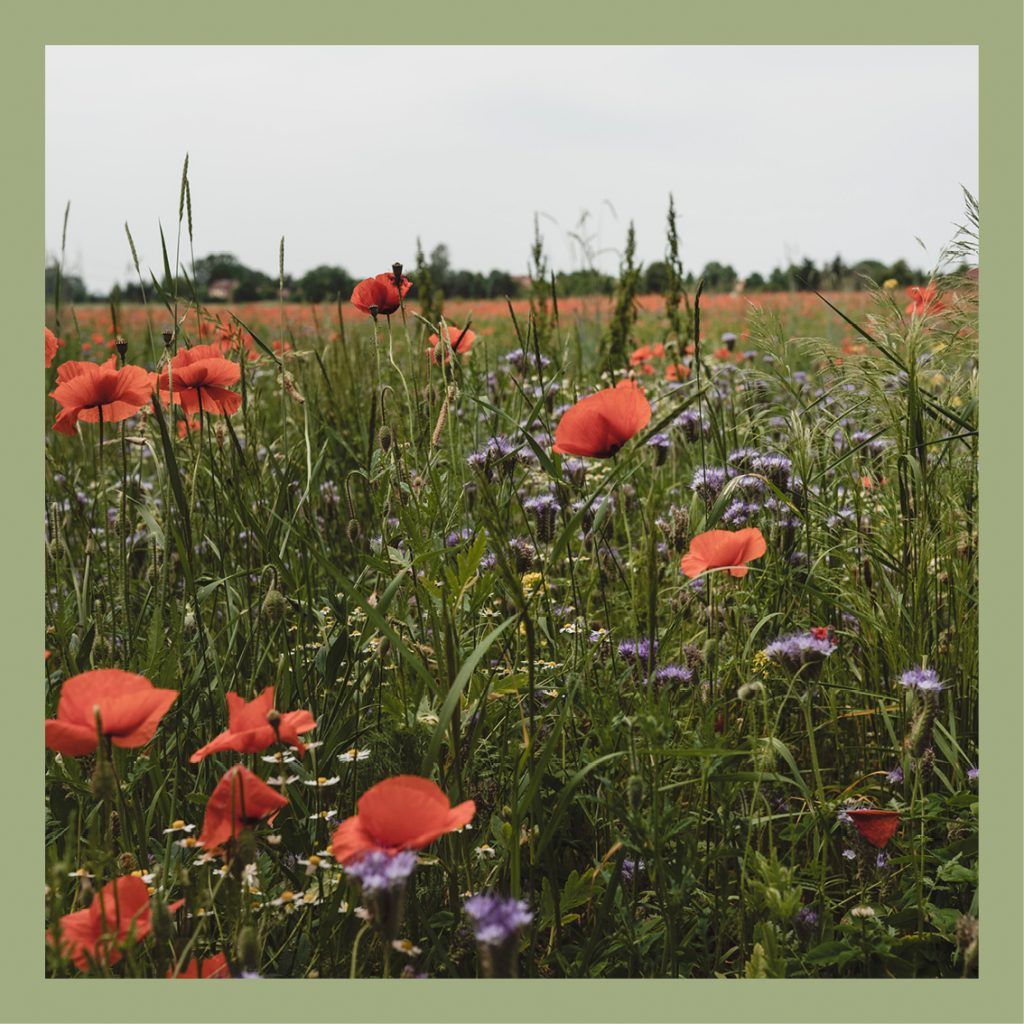
Flowering strips
Planting flowering stripes not only promotes beneficial insects, but also opens habitats and increases soil quality. The Finck Foundation is conducting joint research in this area as part of a scientific cooperation with the JKI to measure the precise effects of flower stripes, when paired with no-till farming.
Education
The Finck Foundation is committed to training, education and knowledge exchange.
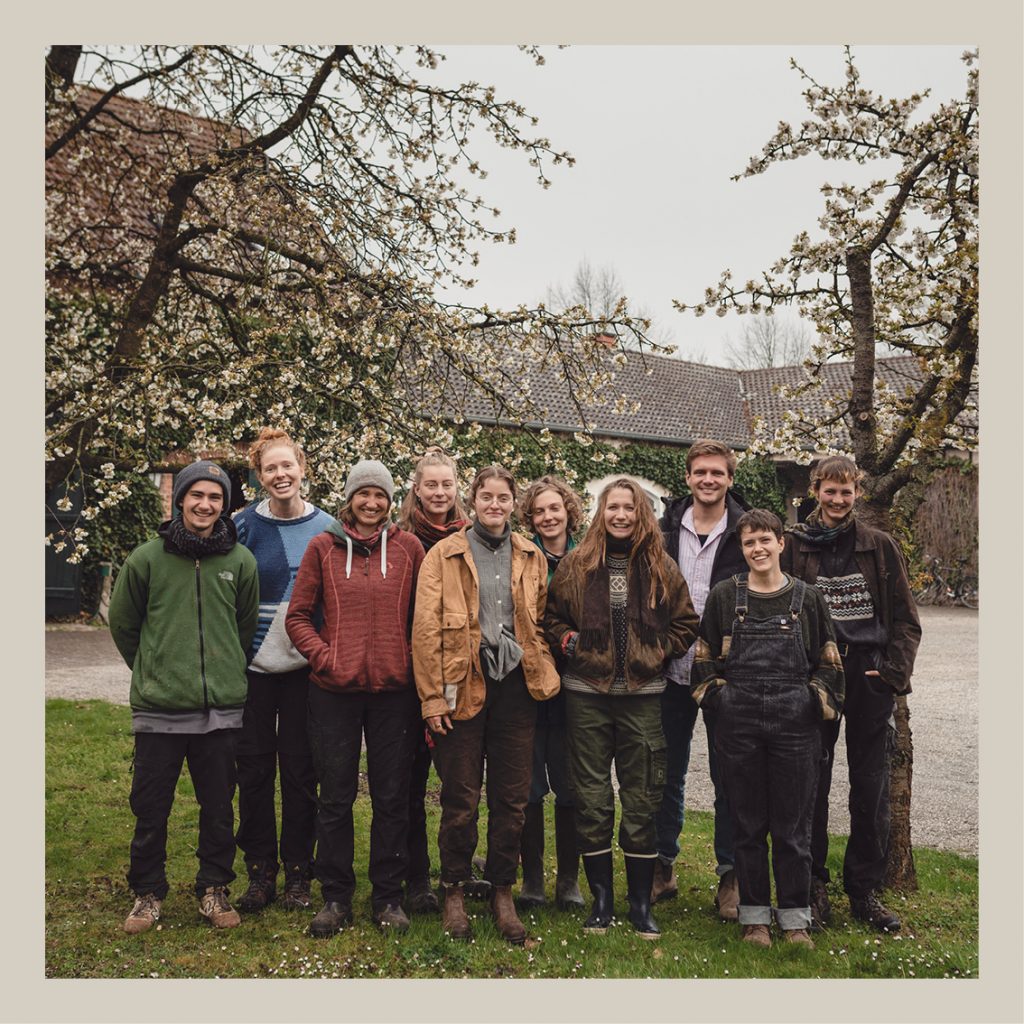
Training
Every year, the foundation trains around 30 interns in the field of regenerative agricultural practices, who take their knowledge with them to future projects and jobs on other farms.
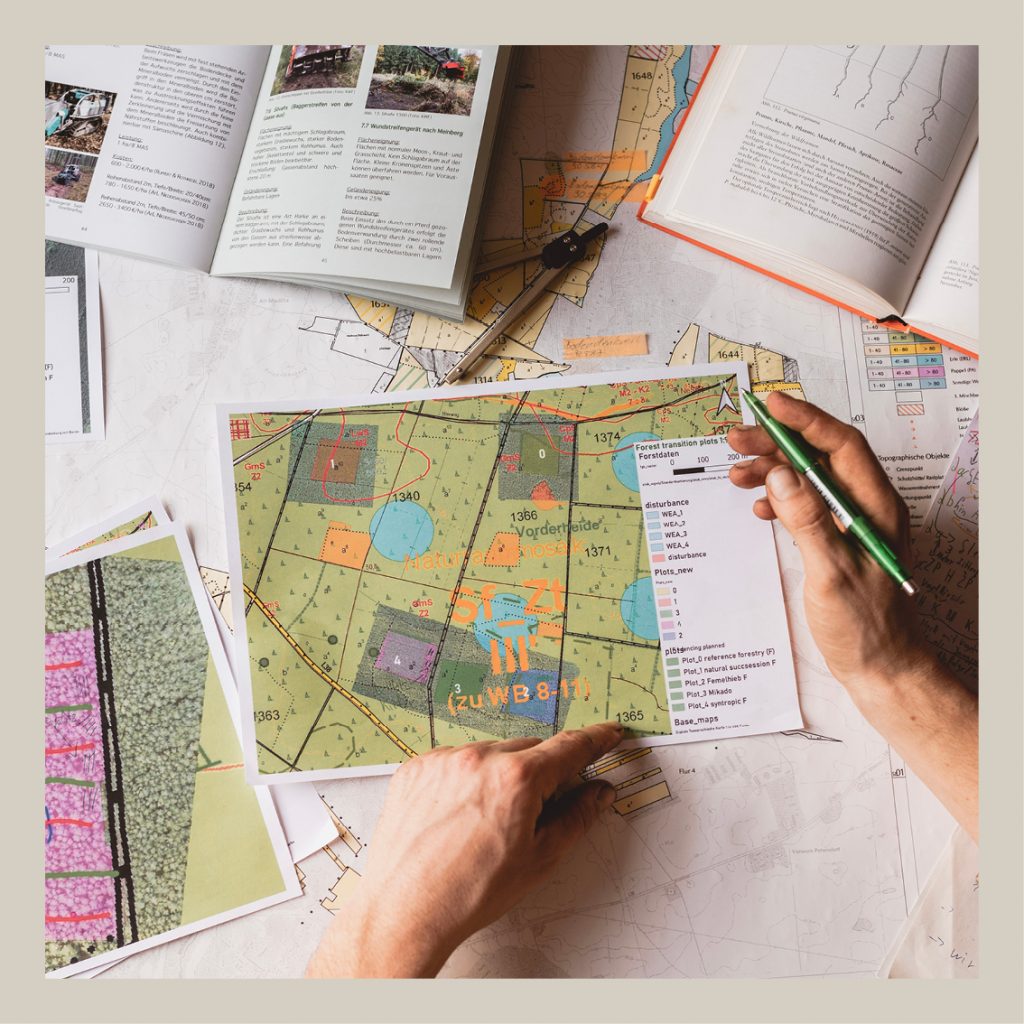
Knowledge transfer
The collected data and findings from the individual projects and research projects, are made publicly available here.
In addition, the team supervises bachelor’s and master’s theses and arranges experimental plots. Here you will find a selection of the work already completed.
The foundation also regularly points out current articles on the latest research in the field of regenerative land use models.

Educational tours
The Foundation’s hands-on educational tours provide an insight into its work and research projects. Stimulating knowledge exchange and transfer, with students and scientists: e.g. from the HNEE, DHBW Heilbronn, TU Berlin, BTU Cottbus, Uni Gießen and TU Munich, and also with politicians and other institutes and professional associations. Through multi-day workshops, conferences, lectures and interviews, the team aims to reach people from a wide range of sectors and show that land use is the key to solving many of the most pressing problems of our time.
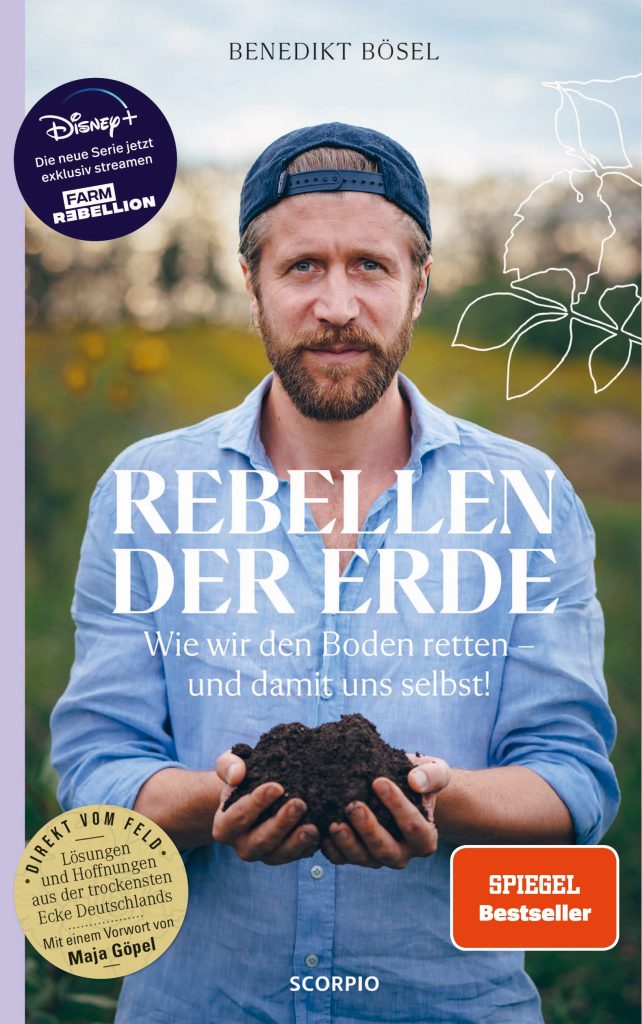
Book: “Rebels of the Earth”
In order to share the first insights from our experience with regenerative farming systems and to bring precise practical tips on the interrelationships in agriculture and forestry closer to the general public, our founder and Managing Director Benedikt Bösel has written a book: “Rebels of the Earth: How we can save the soil and ourselves!” is part of our educational mission and is aimed at those interested in agriculture and forestry, but also at all people who are looking for ways to understand and solve the ecological problems of our time. It is intended to give hope that we can positively shape our environment through regenerative land use.

